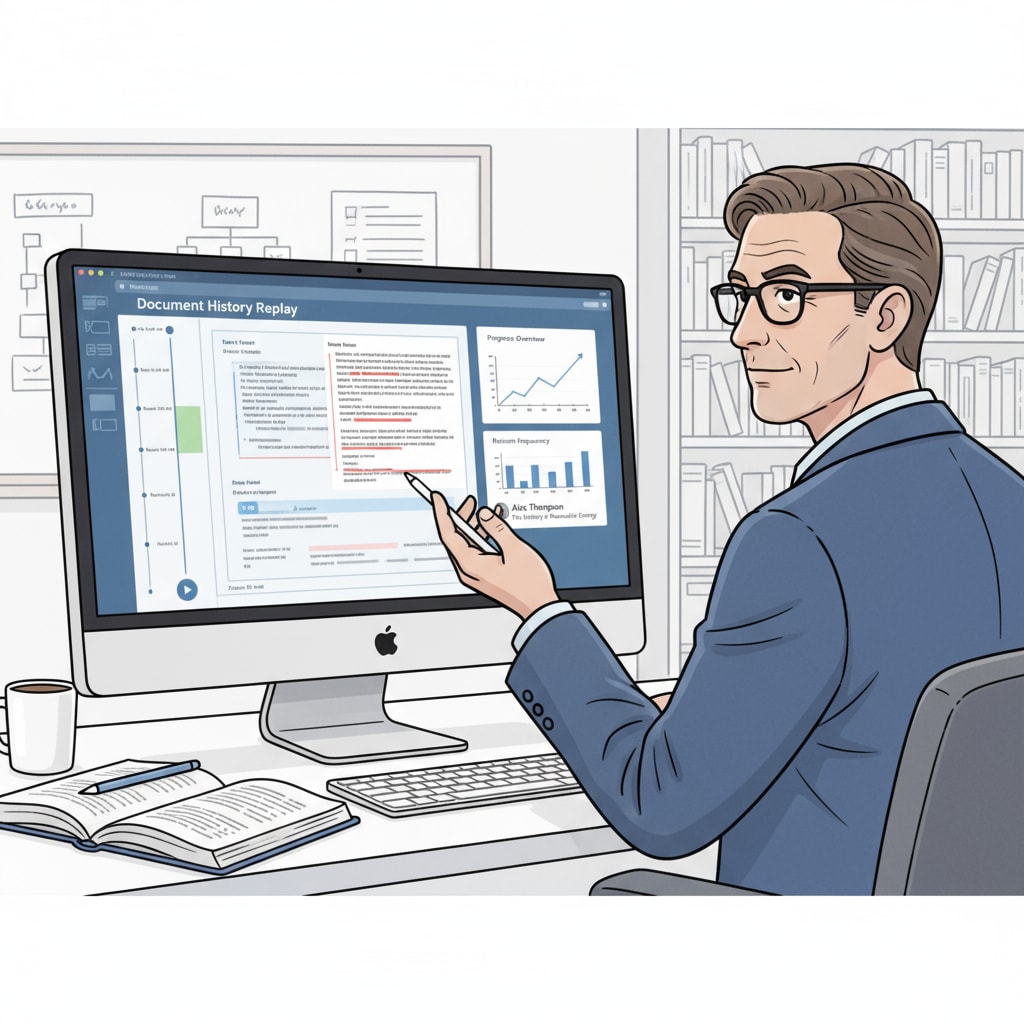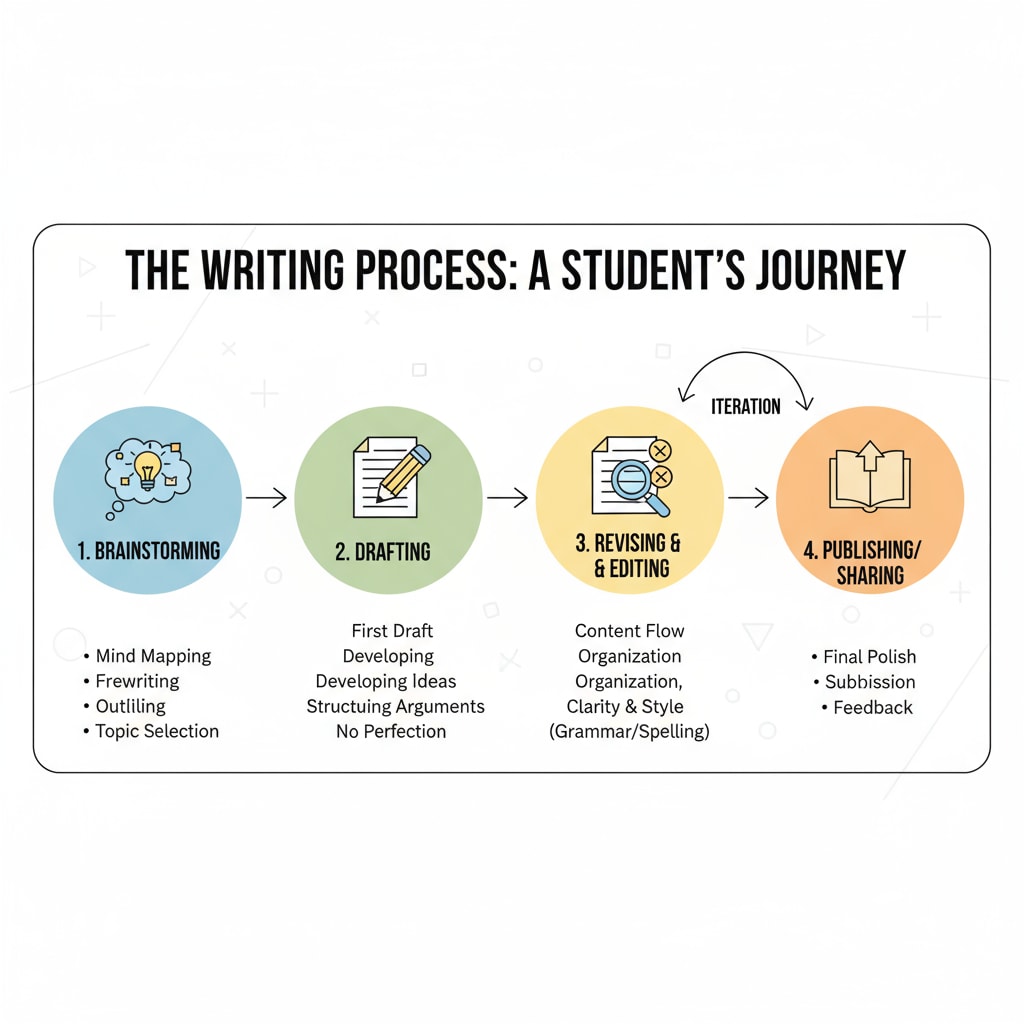In the realm of education, plagiarism detection, document replay, and teaching evaluation have become crucial elements in understanding students’ writing behaviors. The traditional focus on plagiarism detection has often overshadowed the more profound insights that can be gained through observing students’ actual writing processes. Document history replay tools, however, are changing this landscape.

The Limitations of Traditional Plagiarism Detection
Traditional plagiarism detection methods primarily rely on comparing students’ work against a vast database of existing texts. While this approach is effective in identifying instances of direct copying, it fails to provide a comprehensive view of the writing journey. For example, a student who struggles to express their ideas but makes genuine efforts might be overlooked if the focus is solely on detecting copied content. As a result, educators often miss the opportunity to offer targeted support to these students.
Unveiling the Writing Process through Document Replay
Document history replay tools allow teachers to peer into the step-by-step evolution of a student’s document. This means they can see how an idea was initially conceived, how it developed over time, and the challenges the student faced during the writing process. For instance, they might notice that a student spent a long time struggling with the introduction but then made significant progress in the body paragraphs. This kind of insight is invaluable for understanding the student’s learning needs.

These tools also help in differentiating between students who are truly plagiarizing and those who are simply struggling. A student who deletes and rewrites sentences multiple times is likely putting in the effort to create original work, even if the final product is not perfect. In contrast, a plagiarizing student may show little to no sign of independent thought or effort in the document history.
Readability guidance: By using document replay, educators can move beyond surface-level evaluation and delve deeper into the writing process. This shift in approach has significant implications for teaching evaluation, as it allows for a more accurate assessment of students’ learning and growth.
Educators can use the insights from document replay to tailor their teaching methods. For example, if a large number of students are struggling with a particular aspect of writing, such as structuring arguments, the teacher can design targeted lessons to address this issue. This personalized approach to teaching can lead to more effective learning outcomes.
In conclusion, document history replay tools offer a new perspective on students’ writing behaviors. They go beyond plagiarism detection and provide valuable insights for teaching evaluation. As educators embrace these tools, they can better understand their students’ needs, offer more targeted support, and ultimately redefine the essence of teaching in the digital age.


